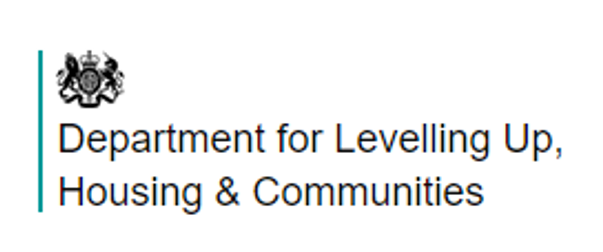Simon Williams reflects on customer satisfaction and resident feedback. Why do we collect it, and how has it developed?
The broad concept of ‘listening’ to better understand how people live, what they want and what they need has been around since before World War II with the introduction of the anthropological study Mass Observation. Since 1937 this large-scale study has attempted to record everyday life in Britain through people’s diaries and open-ended questionnaires.
From this, resident feedback in housing has developed over time and been increasingly influential, despite early limitations. More broadly, housing satisfaction surveys of the 1960s and 1970s paid little attention to the quality and character of housing (despite these aspects being central to the experience of residents and their feelings towards their homes). There was a perception that housing research studies were just another variant of market research for “what will sell” as opposed to what people needed.
Throughout the 1980s and early 1990s, influences from the private sector and academic research began developing a focus on service quality, with the distinction beginning to be formed between customer-perceived quality and internal business process quality. By the early 21st century, the importance of customer satisfaction feedback in the private sector was firmly established, and in 1999 the National Housing Federation introduced STATUS to the social housing sector.
The Standardised Tenant Satisfaction Survey aimed to provide “quantitative information about the extent or size of the topics of interest and of their possible links with other factors as well as factual information about people and their homes and an assessment of residents’ aspirations, opinions and needs”. Crucially, STATUS was also developed as a means to improve service, recognising that successful organisations understood the importance of finding out what customers thought of their services and their role in improving service quality.
Many social housing providers have adopted the fundamentals of this concept and chosen to provide customer-perceived quality (becoming truly customer-centric in their strategic thinking and actions) rather than relying upon inward-facing managerial measures. This is a subtle distinction but an important one.
However, gaining feedback from service users is not championed by everyone. Despite customer satisfaction measurement being one of the most widely used methods around the world to gain feedback from service users in different industries and sectors, there are criticisms.
In the private sector, these have included the impact of customer satisfaction being highly dependent on the industry involved, that high levels of customer satisfaction may come at a price, and that customer surveys can be complicated and unrepresentative.
There have also been challenges to customer feedback methods in the social housing sector – sometimes from housing associations themselves. Family Mosaic’s Missing the Mark report in 2014 argued amongst other things for a more sophisticated index incorporating a range of measures around health, wealth and wellbeing while academics have found significant variations in the way tenant surveys are run and used.
But consider for a moment the resident feedback gained in the social housing sector compared with the lack of coordinated feedback structure in the private sector.
Despite some limitations, overall, I would argue that the efforts of the social housing sector to listen to residents have been fundamentally a good thing. They have enabled efficiencies, through investment in services which are most important to tenants and disinvestment in services that aren’t, while improving understanding of what drives organisational performance and satisfaction.
So where are we now when listening to residents? The current STAR survey is still relevant for many social housing providers by continuing established methodology and historical benchmarking comparison covering nearly a 20-year period. While additional elements of customer satisfaction measurement have been introduced over time, including measuring perceptions of trust, empathy, ease of doing business and wellbeing, none have changed the fundamental framework of customer satisfaction measurement and the value of consulting with and listening to residents.
This view is supported by HACT’s recent two-year assessment of customer satisfaction in the sector. Rather than developing a new model and methodology, they concluded that there is no more sophisticated methodology available. Instead, the focus for housing providers should be on collecting data to improve, not just showing how good they are. Whilst this has been the case for many social housing providers for many years, it is clearly not the case for all. This was perhaps most starkly seen after last summer’s Grenfell tragedy, which has brought the concept of the tenant voice under renewed focus.
“Listening” now needs to be demonstrably followed by “doing”, with housing providers demonstrating they are both listening and acting on what tenants want. This, surely, has to be the focus for the future of customer satisfaction and resident feedback.
It will be interesting to see how the collection of feedback and perceptions of housing evolves over the next few years. How will we, as social housing providers, show how we have used this to listen, adapt, and improve? It is our view that developments in technology and the positive use of data still have huge potential in the social housing sector; to enhance service delivery and enrich customer experience.






Comments are closed.